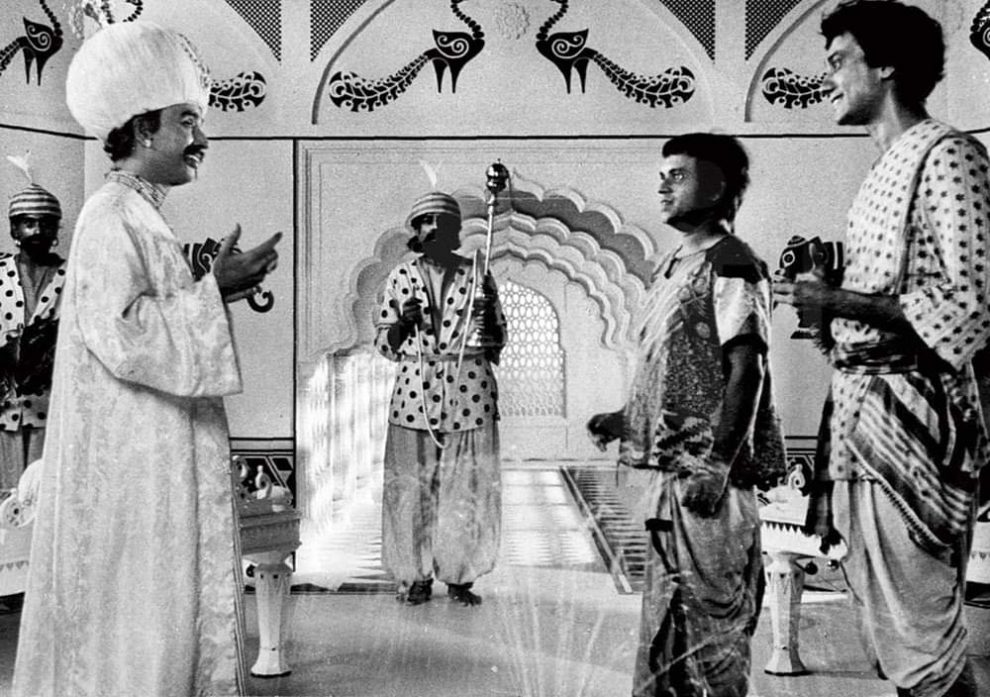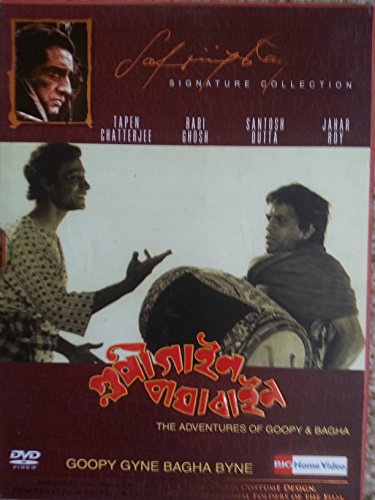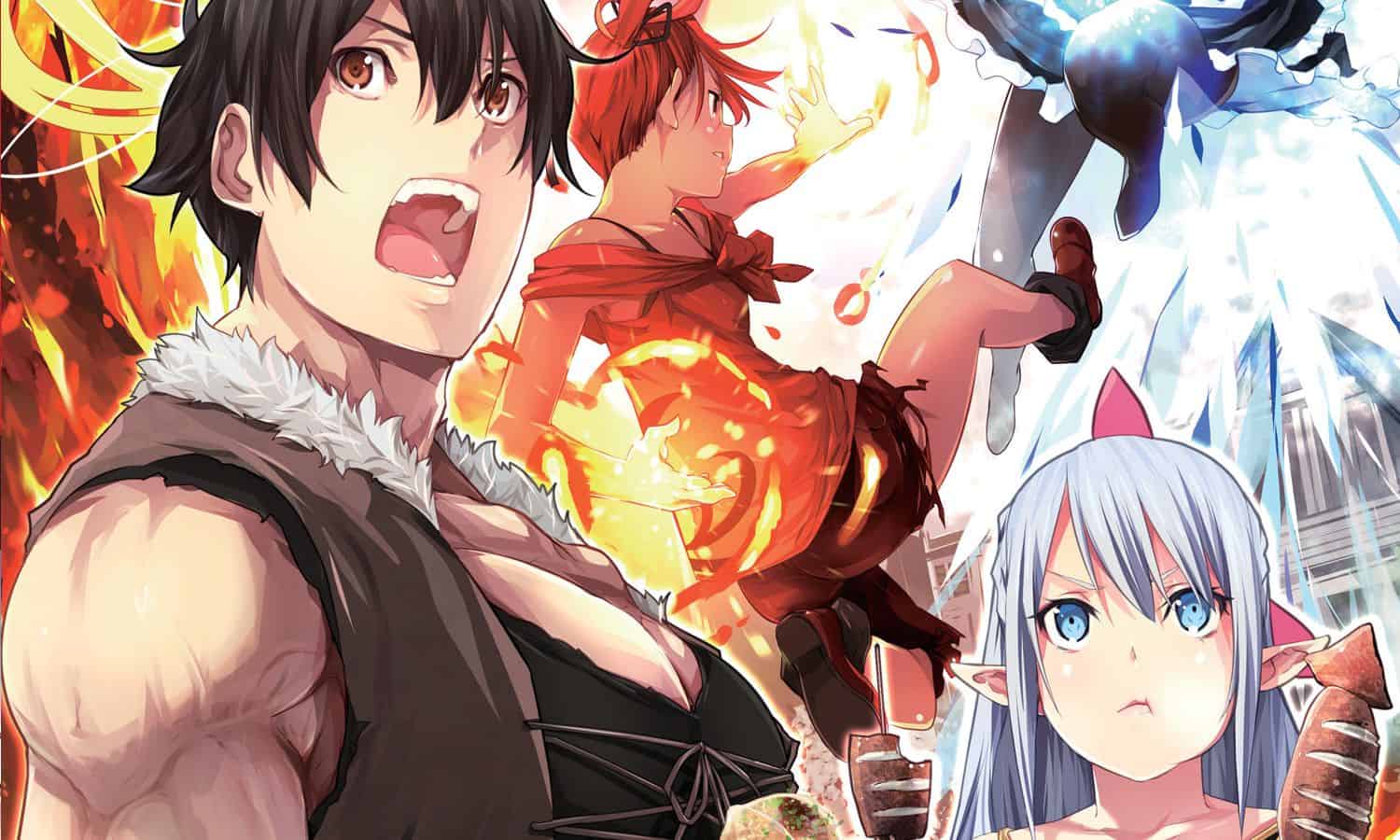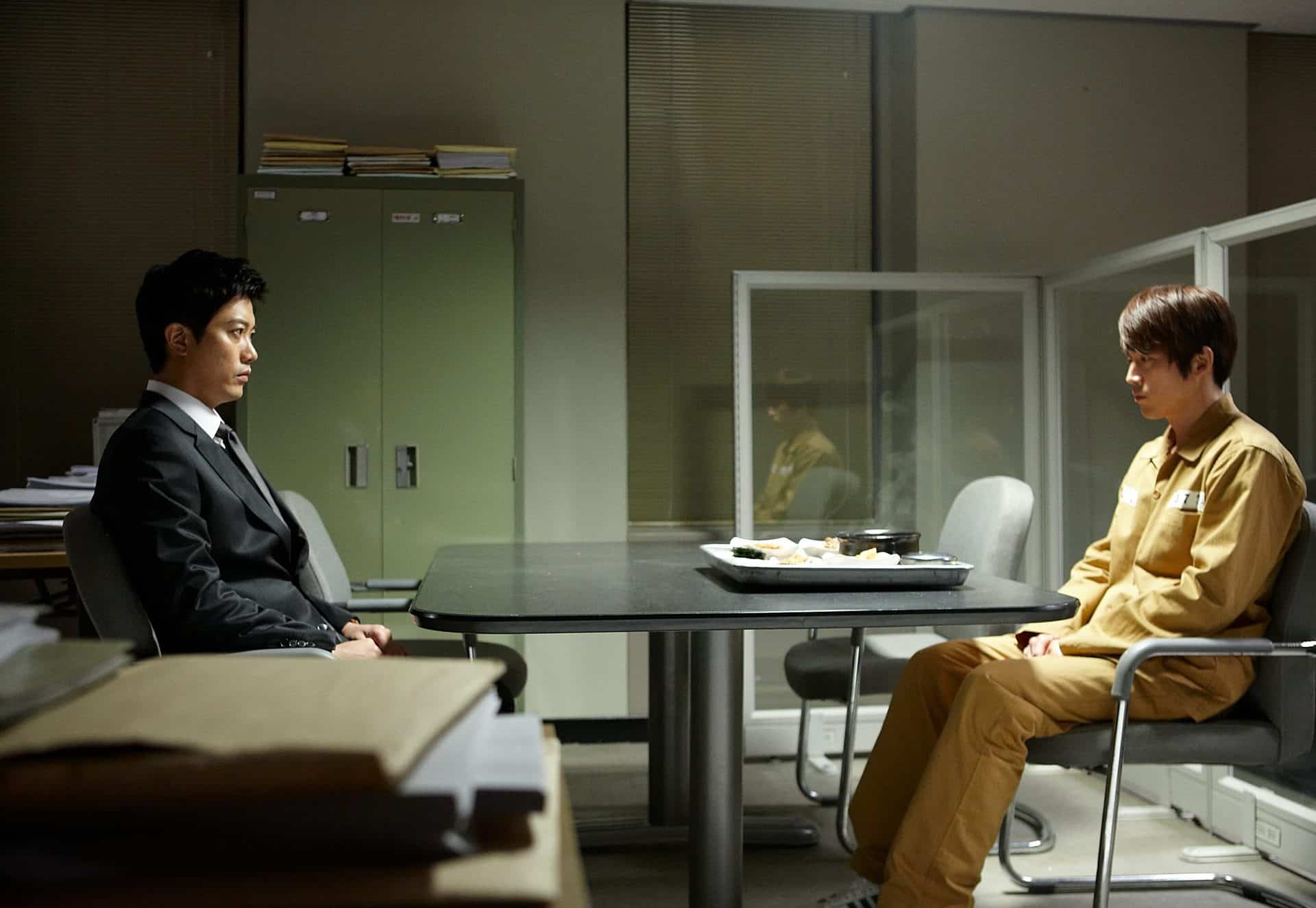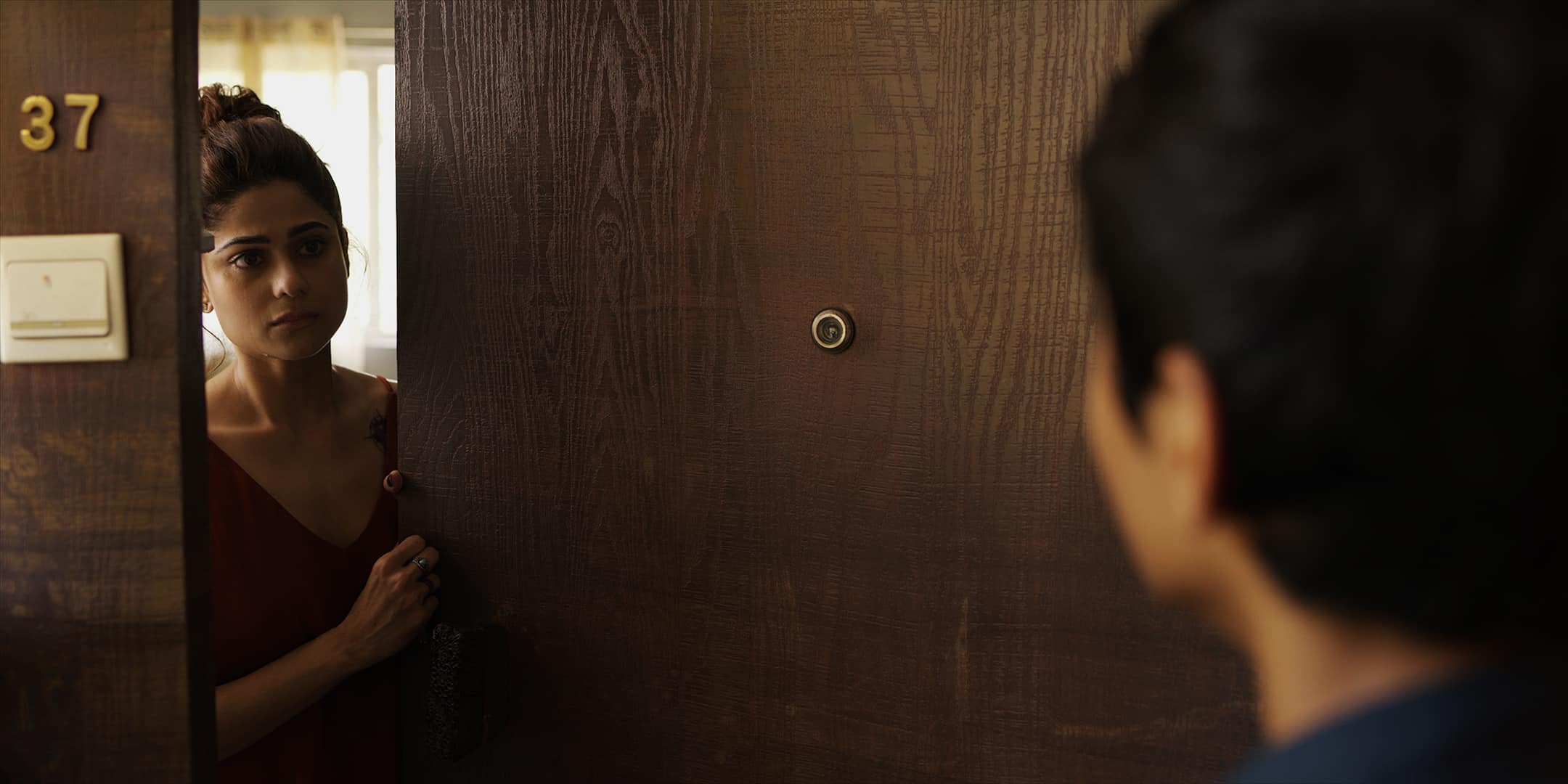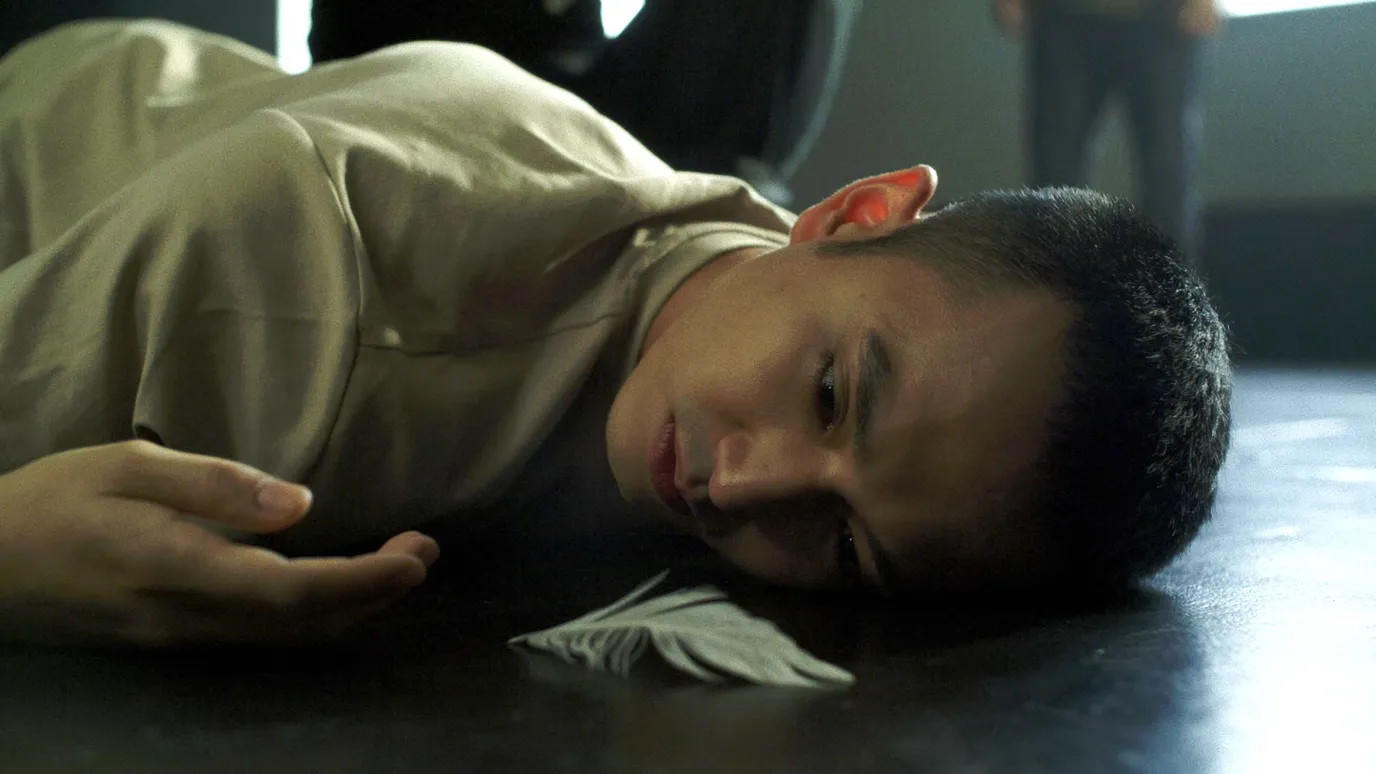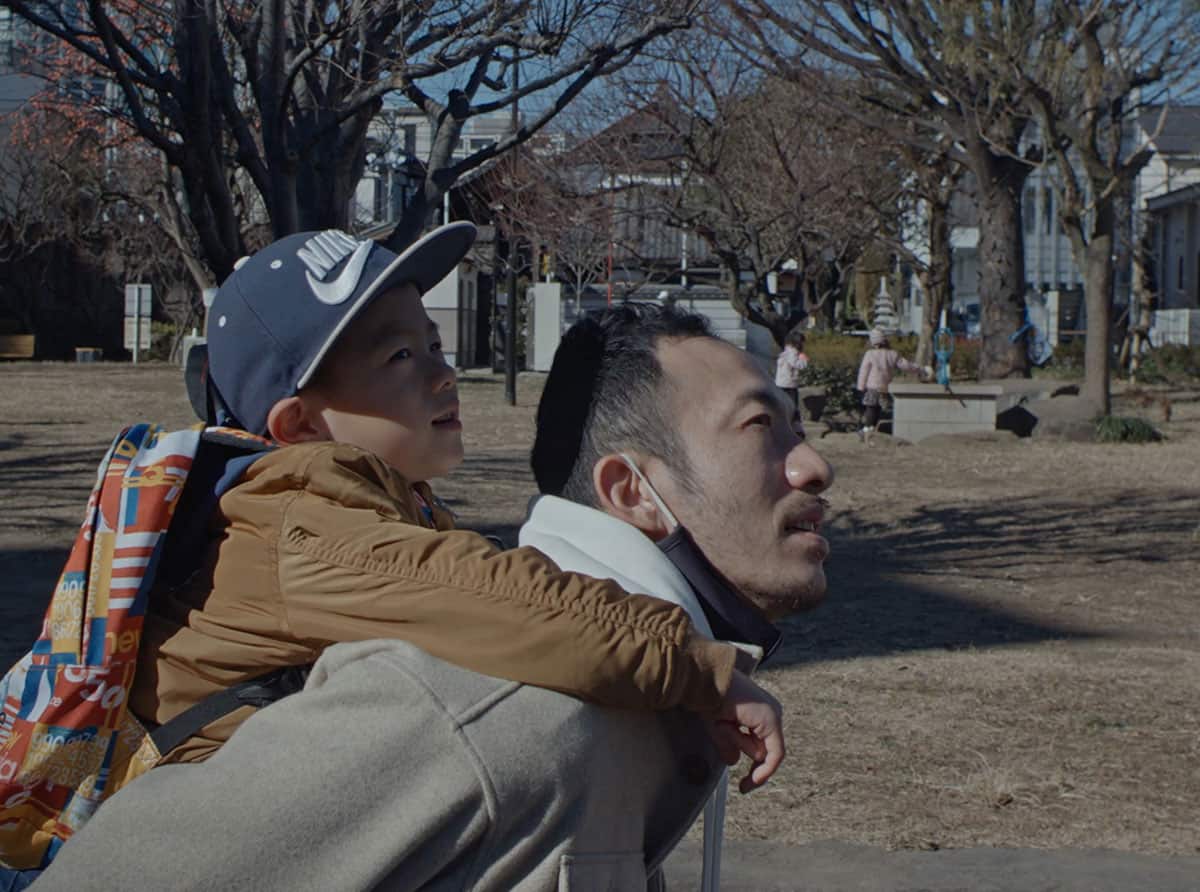Satyajit Ray, the master storyteller from India, has often been praised for his versatility in choosing stories which differ from each other in style and content. After being nudged by his son, future director Sandip Ray, the multifaceted artist took inspiration from the works of his grandfather, Upendrakishore Ray Chowdhury, and created his first movie intended for children. “The Adventures Of Goopy And Bagha” went on to become a towering success, leading to the creation of two sequels, the first directed by Satyajit Ray, and the second by his son.
Buy This Title
Gopinath Gyne or Goopy is a village simpleton. He likes to practice the art of singing without much success, but is scolded by his father and mocked by the influential villagers. Trying to earn praise from the king, Gyne becomes the reason of his ire, leading to him getting banished from the village. Down a dusty road, Goopy meets Bagha Byne, who has met the same fate as him. In his case, it is due to atrocious usage of dhol (an Indian percussion instrument). The rocky, uncomfortable relationship between the two is soon turned into friendship when a tiger is seen nearby. They soon find themselves in a supernatural incident and become an audience to a ghost dance, before being awarded three boons by the King of ghosts. The movie then follows Goopy and Bagha, armed with their newfound boons, into their adventures.
Generations of Bengali children have grown up to the wonders of “Goopy Gyne Bagha Byne.” The secret is the fact that Ray's presentation is that of a fairy tale, and a fascinatingly loveable one at that. There is the fear of war, as there is the mystique of rulers and their elite circle. One shall find inconceivable languages, a mysterious scientist-magician, singers and ministers, palaces and princesses. Goopy's village is named Amloki, the Bengali term for the Indian Gooseberry. Haritoki is the name of Bagha's village, which is the Bengali term for the seeds of Terminalia chebula tree, used in Bengal for medicinal and traditional purposes. The boons are similarly benign in nature: they do not ask for money or societal power, but for relatively simpler superpowers, which are the dreams of children and adults alike. Goopy is an ever-beaming individual, a character with pleasing traits and temperament. A simpleton, he contrasts nicely with Bagha, a loveable character, but a more demanding of the two. He thinks of the scanty aggregate of boons. Even later, in multiple circumstances, he saves the duo from possible mishaps when he carefully intercepts the simple Goopy from revealing more than is needed. Perhaps, the characteristics which constitute the two individuals create the unshrinking popularity of the movie amongst children and adults alike. Goopy, a straightforward person unchanged by mockery, is the representative of the children. Bagha, the older member of the duo, the protector and at times instigator of danger through jealous perceptions, is a representative of adults.
War plays an important role in the narrative, through a two-layered chronicle. War is the leading topic in the events of the movie and Ray uses mythical stylization to find faults in the very basis of the phenomenon. The second layer can be found in the wondrous ghost dance sequence, which is the most-discussed scene of the entire movie. Spanning several minutes, it uses hallucinatory imagery to evoke the spirit of magic. Audiovisual beauty is the tip of the iceberg, as the scene also works as a straightforward contrast to the events of the story. A concentrated watch of the scene may reveal some clue to its narrative content: it is a story-within-a-story. In what seems to be a war sequence, the viewer gets hints at the respective preparation of the armies and then in a chaotic war scene, every battler dies. How contrasting the tragedy is to the fairytale that is the movie!
Even more interesting are the traits of individual ghost units. They seem to be ordered and divided on the basis of caste and possibly religion as well, such as businessmen class of the Indian caste system and the Britishers. In Ray's own words, “since we have so many class divisions, the ghosts should have the same.” The music is similarly a blend of sounds created by four different instruments, as the director discards the oneness of melody for variety. The scene, thus, stands as a haunting dual portrait of Indian class system and British brutality in Colonial India and an ironic mirror to future events as seen in the narrative. In a striking image, the four classes are shown in order, vertically, in a manner opposite to the Indian norm.
Tapen Chatterjee and Rabi Ghosh play Goopy and Bagha respectively, and while the experienced Ghosh's brilliance is no surprise, it is Chatterjee who steals the show with fitting expression, movement and dialogue delivery in every scene. Santosh Dutta performs to his best and shows no tendency to falter. The rest of the ensemble cast are no less in their performances. Amongst the crew, Soumendu Roy's cinematography necessitates special mention, as does Anup Ghoshal's melodious playback singing as the voice of Goopy.
“Goopy Gyne Bagha Byne” is thus an unforgettable fairytale weaved by a master director, with loveable characters and wondrous events intended towards children, but ultimately loved by all age groups.


